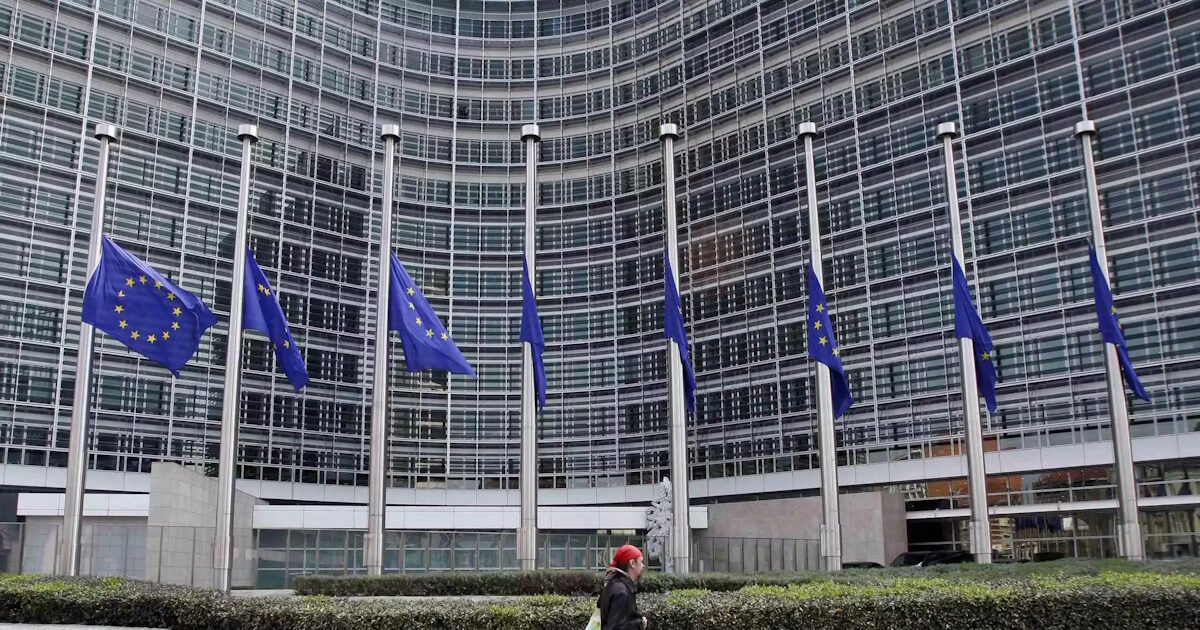Nine tax burden measures for business and Member States includes the new budget of the European Union (EU) for the period 2028-2034.
The EU’s new multiannual fiscal framework was approved yesterday (16.07.2025) by the College of Commissioners, although it did not receive a “warm” reception, including for the business taxation.
The first reactions came from Friedrich Mertz who described as “unacceptable” the increase in European budget at a time when states – Members are trying to rationalize their national budgets under the burden of upgraded needs (eg defense), and also threw its first shots against the forecasts for taxation of companies for the purpose of raising “its own resources” by EU.
But what do these predictions make? According to the legal text published by the Commission, the taxes on businesses and Member States are being structured into 9 categories, with particular emphasis on the environmental dimension. Specifically:
a) Traditional same resources: duties, burdens, amounts or rates imposed in trade with third countries;
b) Annual contributions of companies based on their net turnoveraccording to the following escalation:
- 100,000 euros for a turnover of 100–249.9 million euros
- 250,000 euros for a turnover of 250–499.9 million euros
- 500,000 euros for a turnover of 500–749.9 million euros
- 750,000 euros for a turnover of over 750 million euros
c) Single coefficient 0.30% on net VAT receipts every Member State
d) Single coefficient of 15% on revenue from minimum limits of excise duty to smoke and related products
e) 1 euro per kilo of non -recycled plastic packaging waste by state
f) 2 euro per kilo of electric/electronic equipment not collected
g) 30% on revenue from auction auction auction (ETS)
or) 75% on revenue from the sale of CBAM certificates (Border Coal Adaptation Mechanism)
i) Supplemental Factor Based on Total GNIdepending on the overall needs of the budget.
How will new taxes be collected
According to the EU text, the new form of taxpayer taxation of companies with a turnover of over € 100 million with an annual contribution to the EU is an obligation that establishes a new, autonomous same resource of the Union.
At the same time, Member States maintain responsibility for the collection of two categories of revenue:
Firstof traditional resources, such as customs duties, fees imposed on foreign trade and the amounts related to the common sugar market regime, and
secondof the contributions paid by large businesses based on their turnover. These revenue will be collected under the relevant Union legislation, the executive provisions established by the Council, and the necessary national rules.
Member States also take responsibility for any enforcement procedure, imposition of fines and sanctions in cases of non -compliance, and all measures to ensure the effective implementation of the provisions of Union law.
The Commission, for its part, will evaluate whether national arrangements are complying with Union obligations. When finding deviations, it will propose the necessary corrections and, if necessary, will inform the European Parliament and the Council. To cover the cost of managing and collecting traditional resources, Member States have 10% of the amounts they collect and the remaining amount is directly attributed to the EU budget.
The same is true of new corporate contributions, which will be collected by the Member States and transferred to the Commission, in accordance with the joint procedures established under the Treaty on the Functioning of the European Union.
The relevant regulations that will be issued will also determine the status of liability of the Member States for the EU for cases of delay or inability to collect, both by customs debtors and by companies under the new funding regime.
